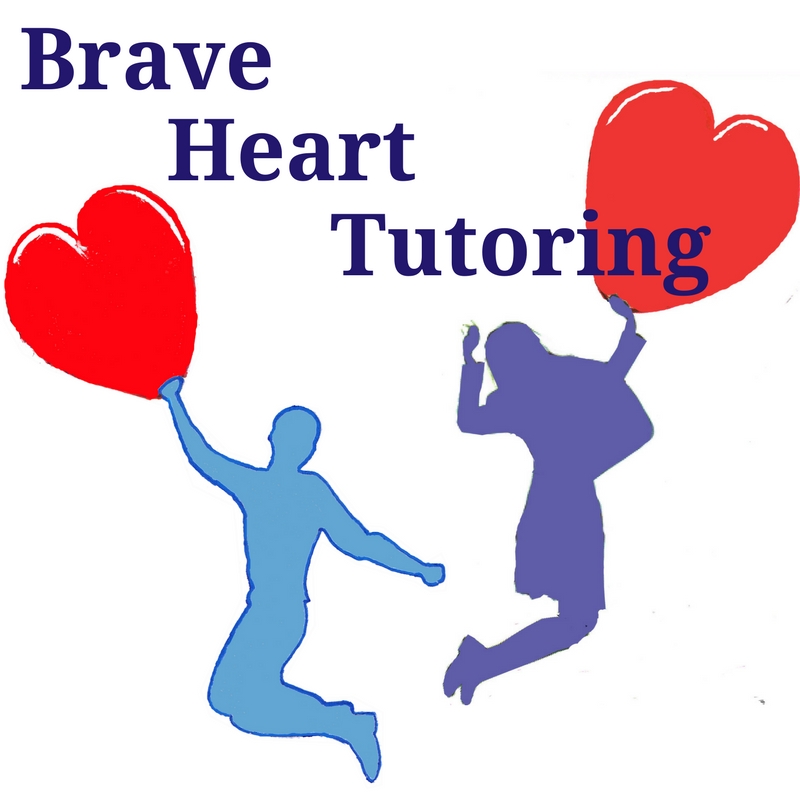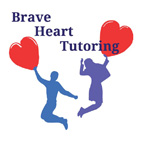Low self esteem
My approach to helping students with low self esteem is to restore their self-belief. In the first session, I ask them on a scale of one to ten how much they believe in themselves, and then repeat this survey after ten lessons working on improving it, as we proceed with normal tutoring.
The importance of praise
Some of the techniques I use include praising students for effort and persistence, rather than focusing on scores. If they do get a low mark and feel devastated, I acknowledge their disappointment, then remind them of examples where failure hasn’t stopped people from achieving things. For example, President Lincoln tried 7 times to be President before he actually achieved his goal. I point out that his effort and persistence paid off.
Remembering past success helps develop self esteem
Then I ask students to recall learning to ride a bike and get them to estimate how many crashes and bleeding knees it took to finally be able to ride unassisted. I express confidence that, with hard work and support from me, we can develop strategies for improvement. I also tell them that th

e brain is able to grow new brain cells as we learn, so they know they can get smarter.
Involving parents
I involve parents by asking them to express confidence that improvement is very likely with new strategies and support from yourselves and from me. Depending on the teacher, we can also ask for some extra scaffolding (breaking a task down into smaller parts). I always report improvement to parents in front of the student so they can feel better about themselves. Parents must praise effort not intelligence!!
Reading – a way to demonstrate progress
Commonly, I have the student bring a book they are reading, and tape them reading for one minute. This is then repeated at the end of the final lesson and the two recordings are compared. Usually there is improvement, especially if the student reads for half an hour each day. It can be a comic book or whatever format they enjoy, but it has to be portable so they can bring it to tutoring each week. This improvement helps them see how persistence can pay off.
Making friends
Students with low self esteem generally have difficulty making friends. I ask students to draw two overlapping circles and label one with their name and another with a child’s name they would like to befriend. They are then to write down words that describe their characteristics and hobbies, and do the same for the other person. The words in the overlapping circles are where friendships are formed. Students can find out about the other person by watching them, listening to them and by talking to them. Start with something revealing like “What did you do on the weekend?” and then describe their own weekend. Parents can help by organizing play-dates.
Forming a trusting relationship
It is also very important for me to do the exercise, described above, in the initial session with your child, so that a connection can be formed very early in the tutoring process. Formation of positive new relationships can really boost self esteem.




